This mid-18th century document from Middlesex County, Massachusetts, indicated that Simon, Catherine, and Ephraim Puffer had chosen Samuel Connant as their guardian. Chances are because the document was in the packet of papers for their guardianship, their choice of guardian was approved. Children could choose or nominate a guardian if necessary (the Puffer children’s father was deceased), but the child generally had to be over the age of fourteen and the court had to approve the appointment. Seeing a child has chosen their guardian can be a suggestion as to how old that child is. Make certain you are familiar with local practice before using such a document as evidence a child is of a certain age. And remember that children could have guardians appointed if their mother […]
When I posted this mage to our Facebook page a few days back, I neglected to indicate where the record image came from. And I’m not talking about FamilySearch although that’s an important part of any citation—where the image was actually accessed. What this actually is is more important. It’s an image of the record copy of judge’s findings in an early 20th century court case. It’s not an image of the actual judge’s report of findings. It’s a typed up copy of that report that was put in the court record. The original report is still in the case file of court papers for this case. If I don’t indicate where this actually came from, then it’s just a picture of a typed piece of paper. So…this […]
In some areas of the United States in some time periods (particularly before the Civil War) what is included in a county’s “will book” is more than just record copies of wills. There may often be other probate-related information as well (inventories, approvals of administrators/executors, sale accounts, list of disbursements, etc.). When browsing local records manually–which still has to be done–don’t ignore the will book just because your ancestor died intestate.
We’re bringing back our popular Brick Walls series–refreshed for 2024. Check out the announcement page.
Discovered a relative was arrested on assault charges in 1917. The court records I could find online only indicated the arrest. The verdict could not be located. I need to see if there are more records in the jurisdiction where the arrest took place. I decided to perform a newspaper search and did find where he paid a rather steep fine–at least by 1918 standards–for the crime. Whenever I discover someone has been arrested, I always search newspapers to see what can be found. I did not perform a manual search for the week he was arrested, which I need to do. That said, I still need to manually search the court records to see what I overlooked. I also need to manually search the newspapers as well. […]
We’re recorded these three presentations and uploaded the recordings. These are now available for purchase and immediate download. We’ve gotten good feedback, but the full-text searching presentation was especially popular. One person got so distracted with our search ideas that they were searching instead of listening and others have said they now feel better able to get even more out of it than before. Details are at https://conta.cc/3BO5GsG
Just because your ancestor uses the phrase “my now wife” in his will, it does not mean he had to have been married twice. A man might use the phrase to make it clear to whom a bequest was being made. If his will said “to my now wife I leave my farm for her life and at her demise it to go to my children” that meant his wife at the time he wrote his will. He might have been concerned that if he remarried and his “then wife” married again that his real property might fall out of his family’s hands.
Full Text Searching at FamilySearch Labs live on 20 October 2024-11:00 am central This presentation will discuss the full text search at FamilySearch Labs of US land, US probate, and other records. The following will be included: · Search techniques and strategies. · Tracking your searches—this is crucial. · Organizing and tracking results and located items. · Determining exactly what it is you found. · Downloading images. · Essentials for citation. Registration or recording purchase options Presentation can be attended live on a first-come, first-served basis. Seats limited. · Full-Text FamilySearch Strategies Live attendance-$16—handout included. · Full-text FamilySearch Strategies Recorded presentation-$15—available within 24 hours of presentation—handout included. Price after 20 October is $18. Genealogy Trip Planning live on 20 October 2024-12:30 pm central This presentation will discuss planning a trip to a genealogy library or an area of former ancestral residence. […]
For many people, the holidays are a time of various family gatherings and a sharing of holiday greetings. Are you going to put a genealogy spin on your holidays? Now may be the time to start planning how you will do that. Do you have an unidentified family photograph (particularly one from the holidays)? Consider adding it to your holiday newsletter–if you send one–or putting a printout of it in your cards to those who might know who the people are? Put a print out of family photos in a small booklet to pass around during family gatherings and encourage people to share their memories. The booklet could also include photos of holiday events in the past, family Christmas ornaments, favorite foods (along with recipes), etc. Images are […]
Your person of interest may be mentioned in local court or land records decades after their death. When their estate’s been settled and closed and their grave is completely grown over with grass (depending upon the location), there may be cause to refer to them in a deed or court record. Sixty years after my ancestor died in Warsaw, Hancock County, Illinois, in 1855 there was an issue the current owner of his home had with the title to the property. A court case resulted to clarify the issue. There in the court record was a discussion of when my ancestor purchased the property in the 1850s, the fact he died in 1855, the fact his wife died in 1903, and who their heirs were in 1913. They […]
From our Facebook page… What do you struggle with in your research? I’m not certain it really impacts things and it may be a stretch to say it’s a “struggle,” but I tend to imagine the ancestors I didn’t know as older and having always been older. My parents are for some reason stuck in their mid-30s (that’s probably my first real solid memories of them) and my grandparents (the three that I knew) are remembered the same way (ranging from 50 to 70 depending on how old they were when I was born). Of course I knew them when they were older. But now that they are gone, they seem to have migrated to those ages in my mind. Memory is a funny thing. Maybe that’s because […]
Genealogists researching in 2024 have indexes available that genealogists in 1924 probably could not even dream of and that genealogists in 1984 might have dreamed of but never thought would happen. Despite those indexes and full-text search capabilities for some records, there are still times when records or references cannot be located. Indexes and full-text searches are not perfect. Sometimes manual searches of every page are necessary. Sometimes searches using the original indexes that were created by the creator of the actual record need to be referenced. Those indexes are not always ideal, but for years they were all we had. In some cases they are still all we have when the records have not been digitized and only exist in their original format. We are not yet […]
From a while back… In one document letters can be made differently, depending upon what letter is next. Handwriting is not always consistent–not even within one document. Don’t expect better writing from clerks than you do of yourself <grin>.
Ancestors who rented property can be difficult to locate. Real estate leases are typically not recorded and they are rarely passed down from one generation to the next. If the lease was paid and the family moved on, there’s often little reason for a person to keep the record. There are some ways to potentially determine where your ancestor lived. For urban individuals, city directories and census records may provide a residential address. In addition to these items, consider any record that may also list an address, particularly vital records, death notices, obituaries, etc. There are home sources that may list addresses as well, including letters, newspaper clippings, and the like. For rural ancestors most of the sources for city dwellers can be used, although directories are often […]
Issue 5-7 of Casefile Clues has been emailed to subscribers. We looked at and analyzed an estate claim for farm labor in Illinois in 1898. Learn more about Casefile Clues and subscribe today!
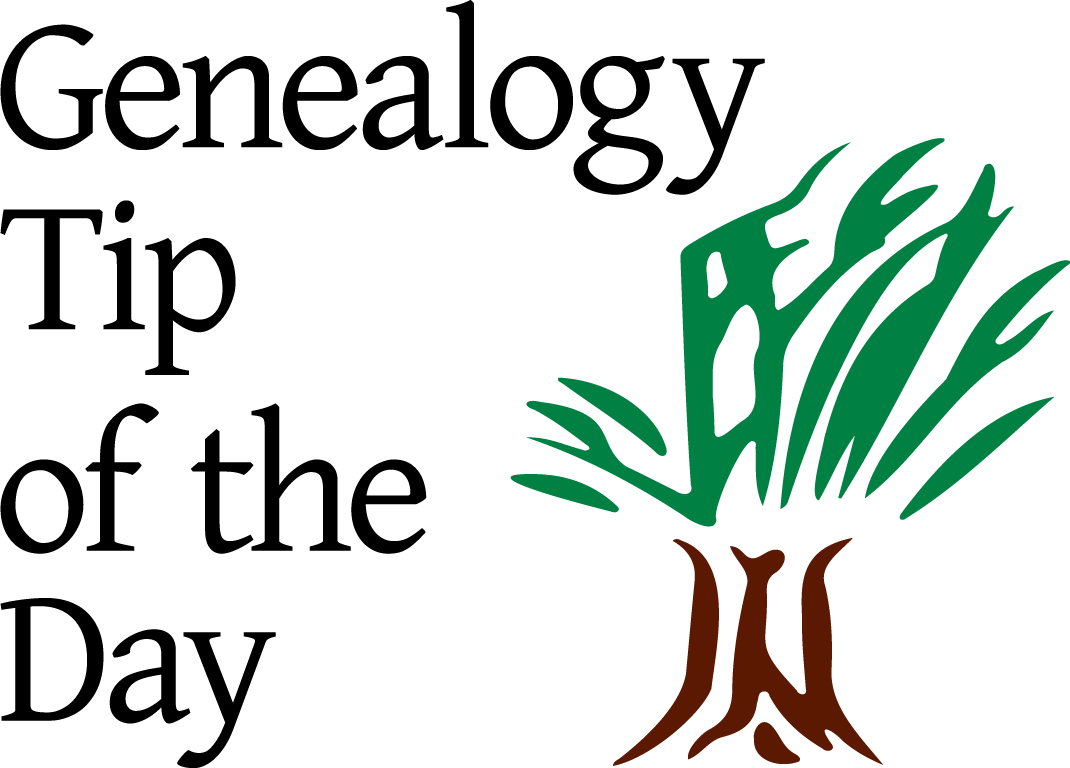
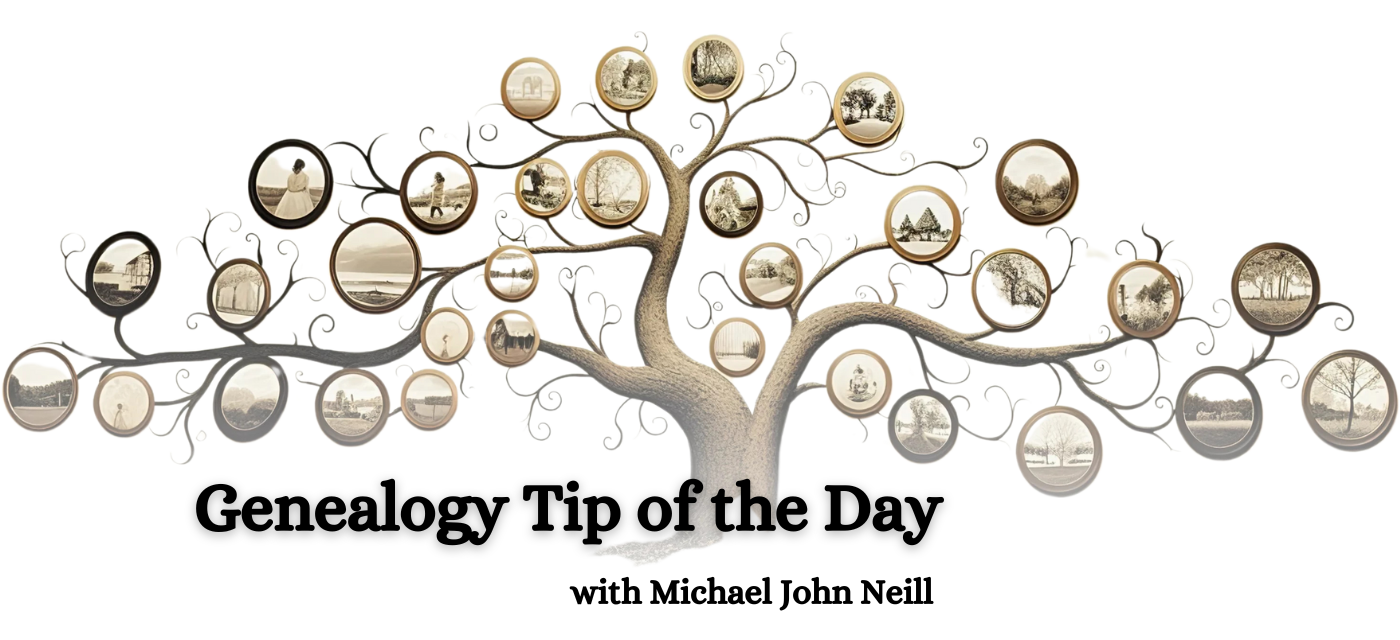
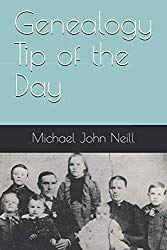
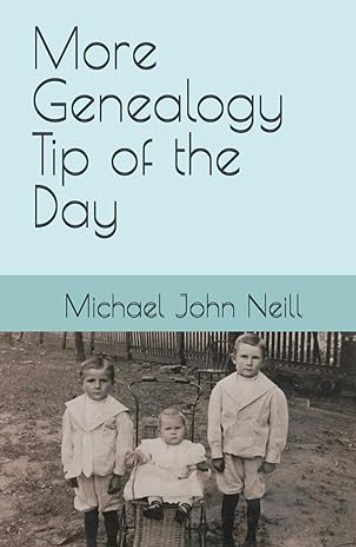


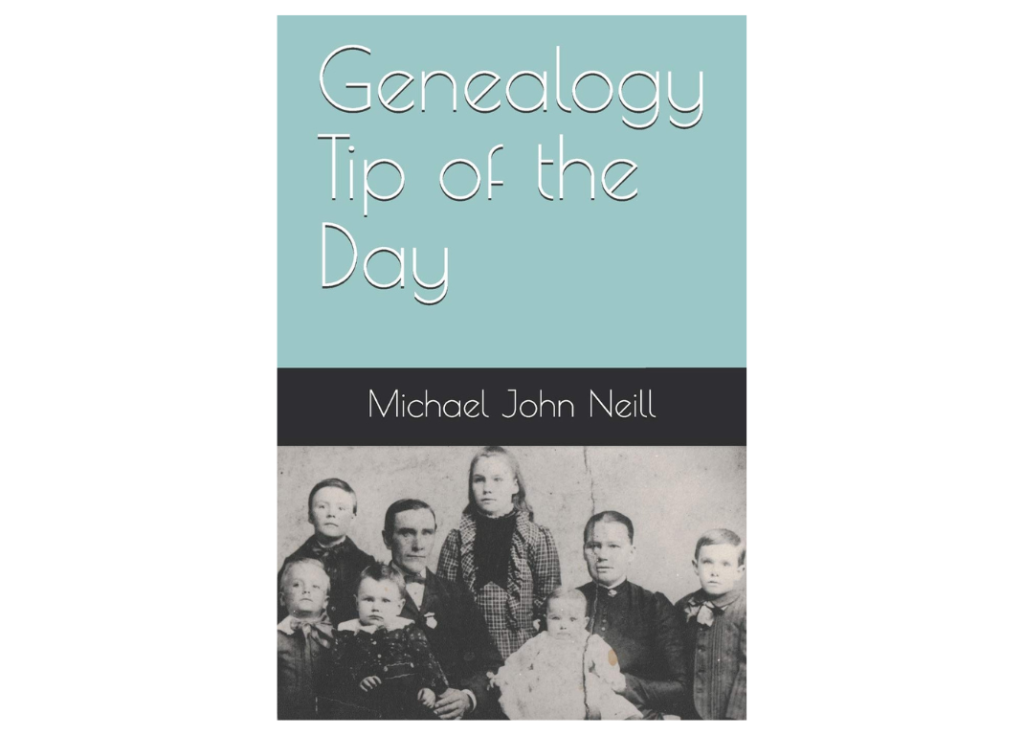
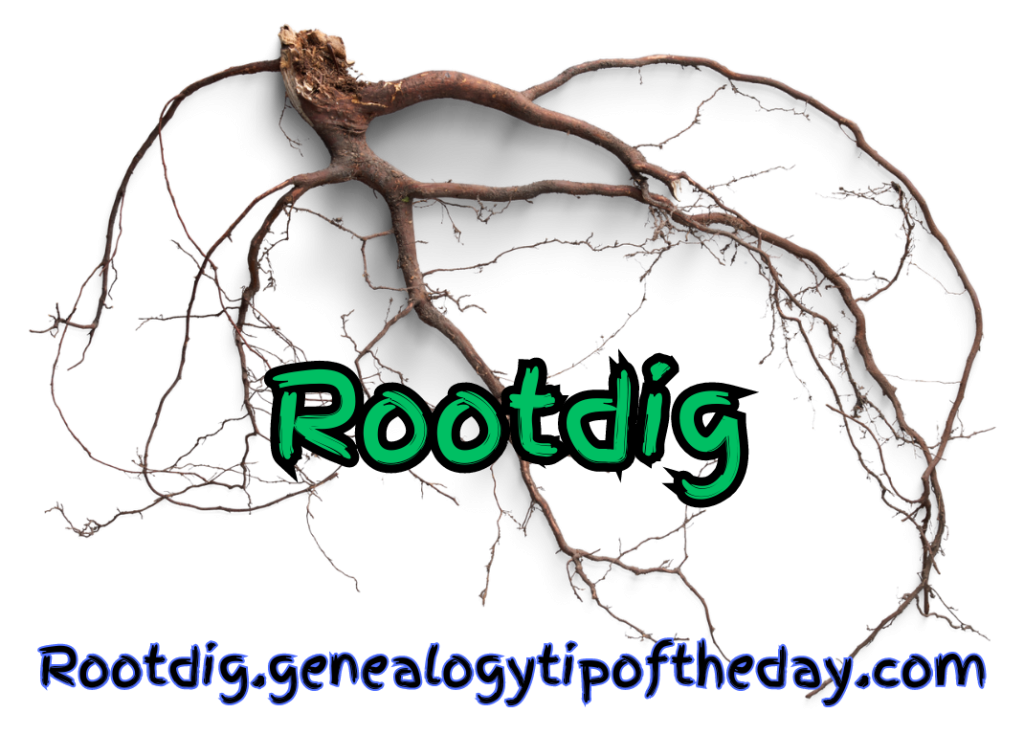

Recent Comments